Offer valid for new Invisalign cases only. Cannot be combined with other discounts or insurance.
Dental veneers are thin, tooth-colored shells that are created to order and are designed to cover the front of teeth to improve their appearance. Individual teeth can have these shells affixed to the front that change the color, shape, or size of the tooth. These are not to be confused with dental crowns, which completely encase the front and back of the tooth. Here at Summerlin Dental Solutions, our team is passionate about helping our patients fulfill their dental health and beauty goals and have a smile they are excited to show off!
Dental veneers are often constructed of composite resin or porcelain. Veneers made of porcelain are more stain-resistant than veneers made of resin. They also more closely replicate the characteristics of genuine teeth that reflect light.
Because veneers are regarded as a cosmetic procedure, insurers typically do not cover them. Conventional veneers can cost between $925 to $2,500 per tooth on average, lasting between 10 and 15 years, citing the Consumer Dentistry Guide. No-prep veneers range from $800 to $2000 per tooth and last for five to seven years. Traditional veneers are frequently the long-term most economical choice. However, the price of your veneers will vary depending on your preferences for the type of veneers, the brand that your dentist carries, the cost of living in your city, and the dentist’s level of experience.
Depending on your insurance policy and the situation, crowns might be covered.
Two appointments spread over one to two weeks can complete the dental veneer procedure. The reviews and dental planning sessions can last for several hours. The dentists at Summerlin Dental Solutions will take care to make sure you’re comfortable the entire time.
The examination and assessment phase of care is essential to identify any oral health issues that must be resolved prior to the insertion of veneers. Additionally, we will assist you in selecting the ideal color for your teeth from a special hue shade guide. Imaging technology will give you a glimpse of your desired result and enable you to see examples of successful before-and-after photos from other cases. Treatment can begin once the assessment is complete and a specialized plan has been created.
See the stunning difference a healthy, beautiful smile can make. Explore our before-and-after gallery to witness the life-changing results of expert dental care.
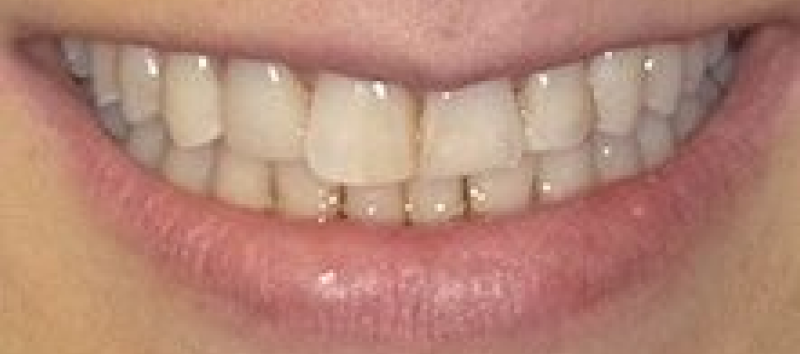
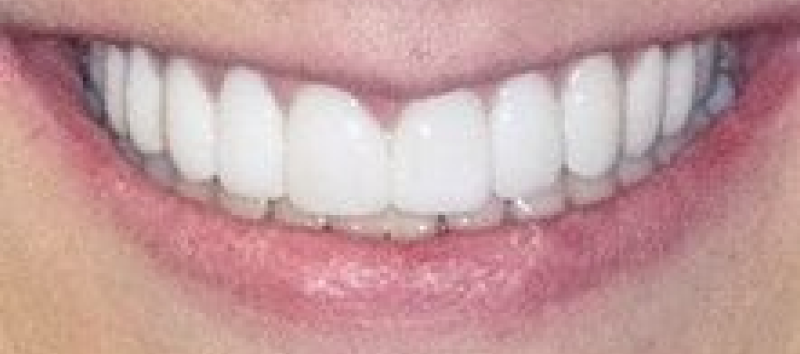
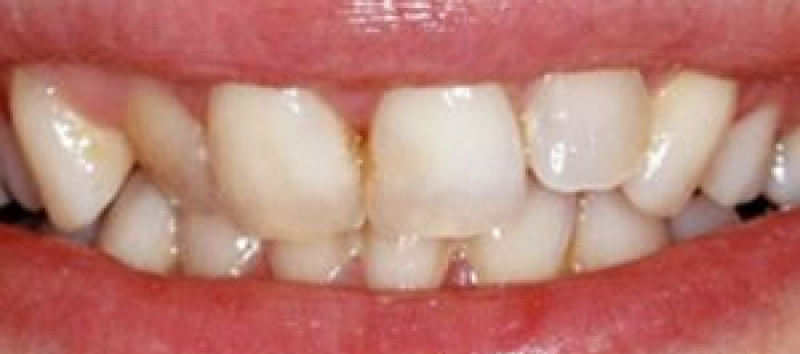
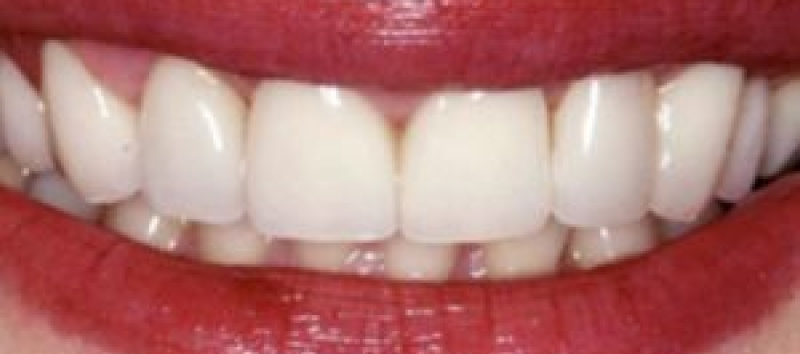
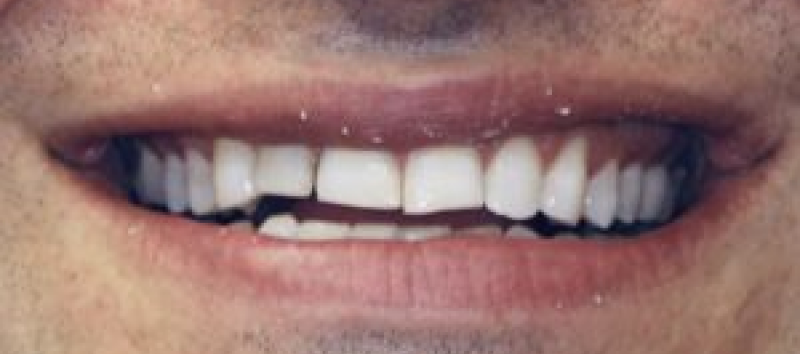
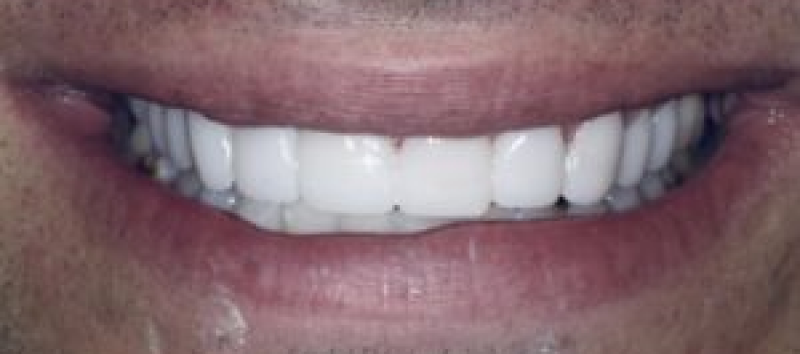
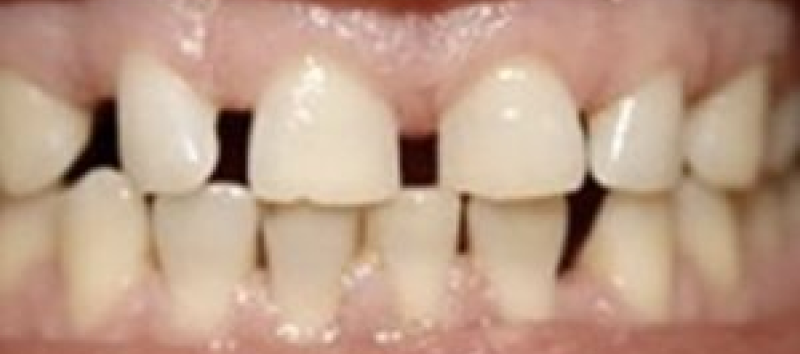
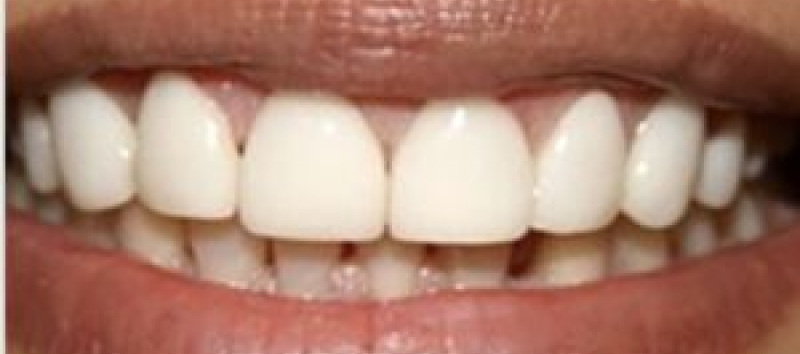
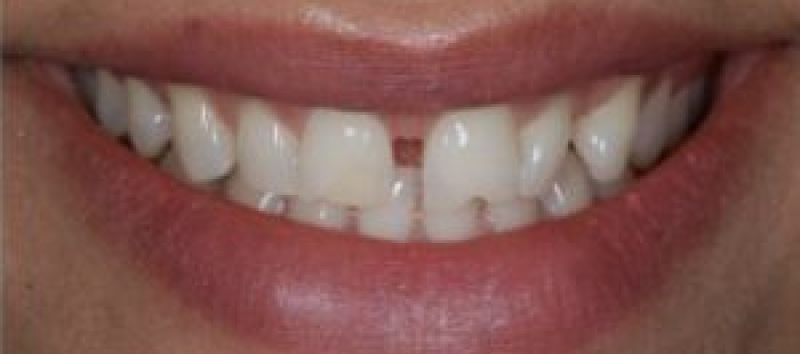

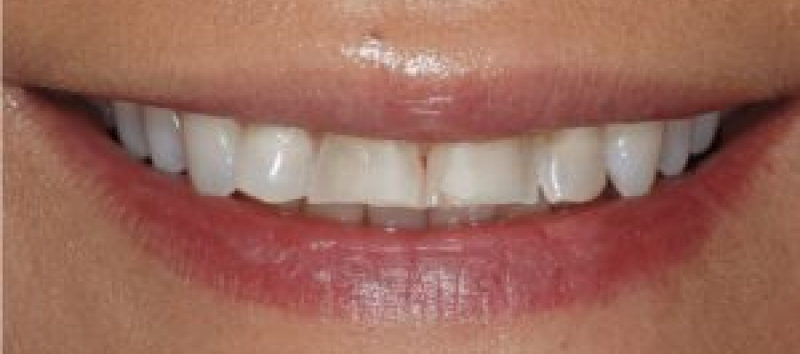

The veneering procedure is divided into several steps. We’ll give you a local anesthetic to ensure you’re comfortable while your veneers are being placed. Some people like getting an oral sedative in addition to their session. The next step in preparing your natural tooth involves lightly reshaping it with a bur, a tiny, portable rotary cutting tool. Your dentist can apply a properly shaded composite to your teeth, shape the material, and harden it with a high-intensity light if your treatment calls for direct composite veneers.
If necessary, more composite layers can be used to shape and lengthen the veneer to match your smile. After the composites’ installation, the veneers will be polished and completed using burs and polishers to create a vibrant, natural smile.
If porcelain veneers are part of your treatment, the dentist will take an impression of your teeth to create your new smile. The dental facility where the veneers are expertly made will receive this imprint.
After we take an impression, the lab typically returns your veneers in one to two weeks. As soon as they are placed, you should schedule an appointment to have them bonded. At this appointment, your dentist will ensure that the veneers are the proper size, shape, and color for you. If your case has to be expedited, we can return them in as little as two days.
We thoroughly clean the teeth first, then the interior of the new veneer. As a result, the veneer will attach more readily to the tooth. The veneer is subsequently attached to the tooth using dental cement. Finally, the cement is swiftly hardened using UV light.
Temporary veneers give a preview of the desired outcome, although it should be emphasized that they are not always necessary. Your dentist can forego a temporary procedure if your treatment only necessitates one or a few teeth and enough enamel remains on the surface.
Additionally, temporary veneers or crowns may increase sensitivity, as can a brief period of time following the placement of final veneers. Your dentist will remove the temporary veneers and place the permanent ones at the placement session. Then, they will review and make any necessary adjustments to guarantee the best possible fit, color, and appearance.
The durability of veneers has been demonstrated to allow them to last for many years before needing to be changed. If you want to maintain your oral health and the longevity of your veneers, it’s essential to visit your dentist and hygienist for regular checkups and cleanings. Following up is also crucial.
Your dentist can explain the cost and time involved in replacing damaged porcelain veneers, as they cannot be repaired once they are chipped or fractured.
Avoid biting or chewing on hard things like nuts, ice, shells, or bones to reduce the chance of injury. You should also avoid opening or tearing packs with your teeth. Additionally, your dentist might advise you to avoid certain foods that could hurt both your new veneers and you. As usual, brush and floss your teeth, but be sure to use a non-abrasive toothpaste.
Veneers often don’t require any particular care beyond what would be necessary for anyone’s natural teeth. Maintain your regular oral hygiene practices, such as brushing, flossing, and using an antimicrobial mouthwash. Although porcelain veneers are stain-resistant, your dentist may advise you to stay away from staining foods and beverages (e.g., coffee, tea, or red wine).
Yes, once your veneers are properly bonded and you’ve had a short adjustment period (a few days to a couple of weeks), they should feel completely natural in your mouth. They are custom-made to fit seamlessly and should not interfere with speaking or eating.
The process of getting veneers is generally not considered painful. Your dentist will typically use local anesthesia to ensure your comfort during any tooth preparation. You might experience some temporary sensitivity to hot or cold after the procedure, but this usually subsides within a few weeks.
With proper care and maintenance, porcelain veneers can last anywhere from 10 to 15 years, and sometimes even longer. Composite veneers, while more affordable, generally have a shorter lifespan, usually lasting between 5 to 7 years.
While porcelain veneers are highly resistant to staining, the bonding material used to attach them to your teeth can sometimes absorb stains. Additionally, surface scratches or wear over time can make veneers appear duller or discolored. Good oral hygiene and avoiding excessive consumption of highly staining foods and drinks can help maintain their brightness.
Veneers are aesthetic tools that improve a person’s smile by slightly or significantly changing the way their teeth look. In addition to improving color and giving teeth a more natural shape, dental veneers also lessen cracks, fix chips, and conceal other minor tooth problems. Your ticket to a gorgeous smile and stunning new you may be our Las Vegas dental veneers!